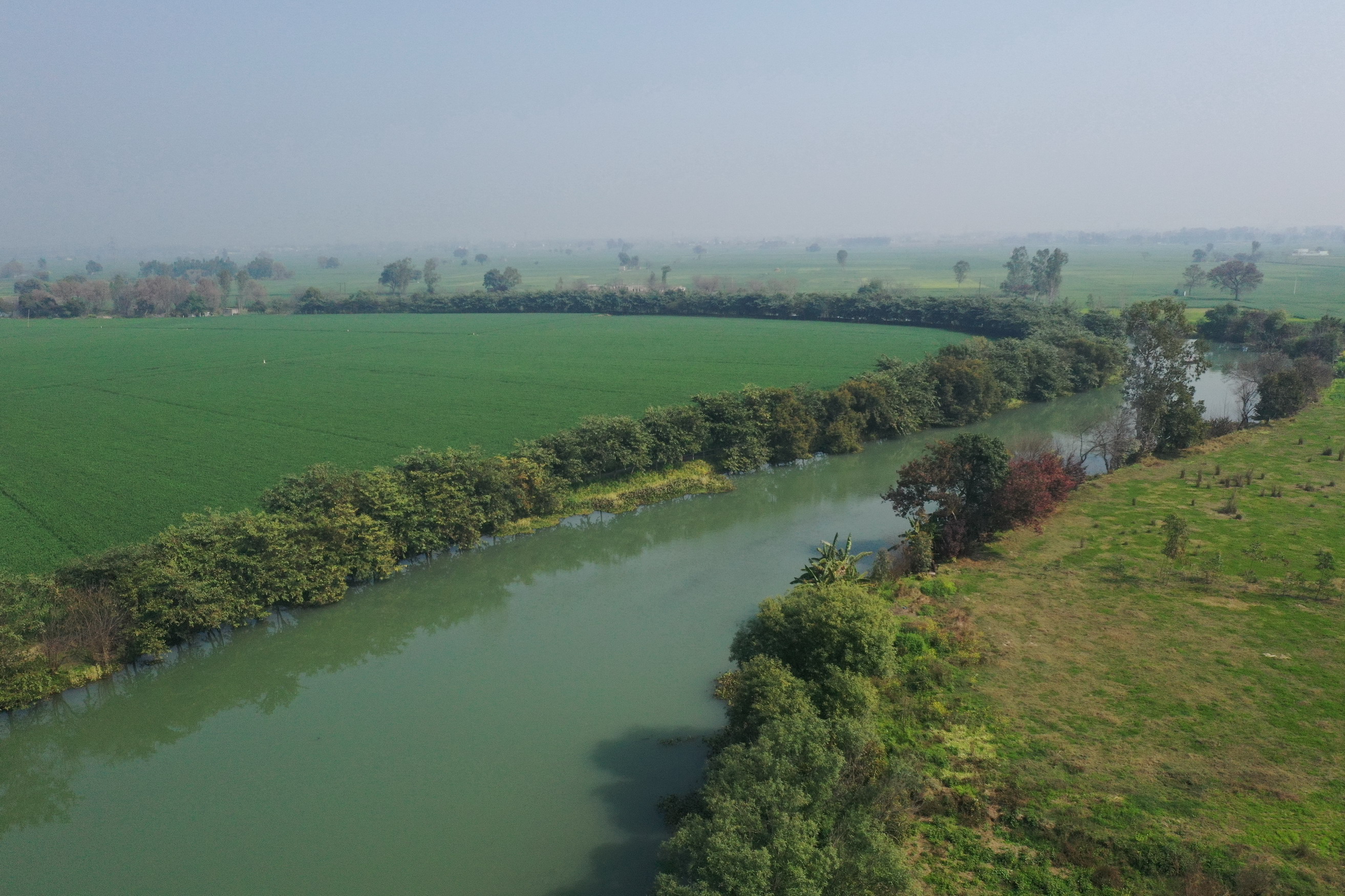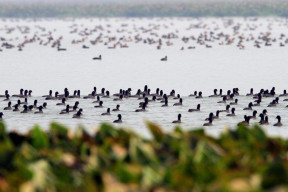
Kanjli Wetland
Introduction
The Kanjli wetland is located about 20 kms North-East of Harike. Kali Bein on which Kanjli Wetland is located had been one of the important tributaries of River Beas. This rivulet has played an important role in the formation of fertile plains by bringing down large sediment loads during floods. Kanjli Lake came into formation with the construction of a small barrage during 1870. The lake is thus fresh water permanent feature. The soils mainly are alluvium in nature consisting of alluvial sand, clay and loam. Maximum depth of water varies from 10 feet to 25 feet depending upon the season and water inflow. Catchment area is mainly under agriculture. Kali Bein ultimately joins Harike Wetland downstream after covering a distance of about 20 kms
Location
: Sultanpur-Kapurthala Road at Kanjli
Access
: 4 km from the Kapurthala town
Latitude
: 31.411294
Longitude
: 75.376422
Altitude
: 210 metre
Notification Detail
Flora
: Dominant trees include species of Delbergia, Acacia, Melia, Morus, Syzygium, Salix, Zizyphus etc. Growth of Phragmites, Typha and Ipomoea also predominate the habitat. Aquatic vegetation include species of Hydrilla, Vallisneria, Potemogeton, etc (Ladhar 1995).
Fauna
: Kanjli Wetland support a variety of micro and macro flora and fauna. 4 mammals, about 50 species of birds, 12 taxa of fishes and 35 taxa of invertebrates have been reported in the area.
Reach Us
Images

×








